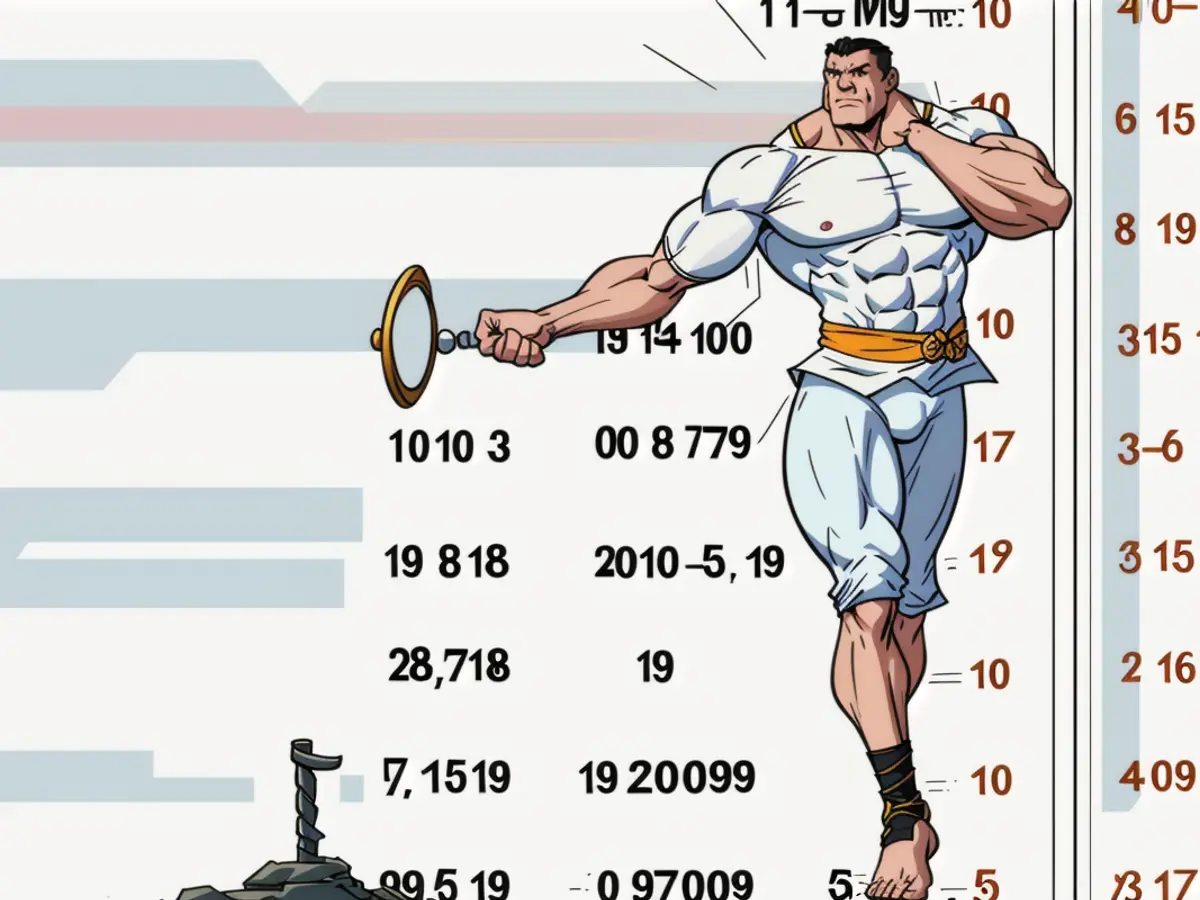2025 NCAA Tournament: Analytics for Each Seed in March Madness
This year's Selection Sunday drama had folks on edge, but it ain't just about theatrics. The NCAA Tournament field reveal is the culmination of a complex process, involving various statistical metrics to assess team worthiness for March Madness. This year, the selection committee introduced two freshbies – the Torvik T-Rank and the WAB (Wins Above Bubble) – to the roster of five other metrics, such as NET, KenPom, BPI, SOR, and KPI rankings. SOR, KPI, and WAB are deemed resume-based metrics, while NET, KenPom, BPI, and Torvik fall into the prediction-based category.
To sift through the chaos and unearth which metric mirrored the selection committee's seeding decisions, I launched some statistical wizardry. I gathered data on the entire seed ranking for the 2025 men's NCAA tourney, along with final rankings across seven metrics – NET, KenPom, BPI, Torvik, SOR, KPI, and WAB. By scaling them all from 1 to 68, I could compare each metric's tournament field standing, instead of their national rankings. I did the same for the average ranking among all seven metrics, the resume-based bunch, and the prediction-based gang.
Comparing rankings helps identify which metric danced closest to the committee's tune, potentially revealing biases in the selection process. Comparing how closely each ranking system correlated with seeding will also help us figure out if resume-based metrics or prediction-based metrics ruled the roost.
The NCAA dance barely began, but less than 3% of brackets remained perfect, proving it ain't a piece of cake.[1] [2] In other news, the NYT published Today's Strands, packed with hints, Spangram clues, and answers for March 21st, and Ukraine took a swing at Russia's Engels bomber base.

To nail down which ranking system was most in tune with the committee's decisions, I put three accuracy metrics – Spearman’s Rank Correlation, Kendall’s Tau, and Mean Average Precision (MAP) – to the test.
Spearman's Rank Correlation, designed to spot trends and patterns,跳转到 navigate2_spearman's rank correlation for more info.
Kendall’s Tau zooms in on consistency in team comparisons. Detailed over at navigate3_kendalls_tau.

MAP dives into the ranking system's precision in identifying top-notch teams 跳转到 navigate4_mean_average_precision for more deets.
Armed with these three metrics, we'll have a well-rounded view of how closely each ranking system jived with the committee's seeding decisions.
Ranking Comparison Methodology

Data
I gathered data on the full seed ranking of the 2025 NCAA men's basketball tournament and final rankings across seven metrics: NET, KenPom, BPI, Torvik, SOR, KPI, and WAB. By compiling this extensive dataset and scaling each ranking from 1 to 68, I compared their relative standing within the tournament field, instead of national rankings. I also took the average for all seven metrics, resume-based metrics, and prediction-based metrics.
NCAA March Madness: Less Than 3% Of Brackets Remain Perfect On First Day Of Tournament

NYT 'Strands' Today: Hints, Spangram And Answers For Friday, March 21st
Ukraine Triple Taps Russia's Engels Bomber Base
Takeaway
The data points to a slight preference for resume-based metrics over prediction-based metrics in the selection committee's seeding decisions. Across all three metrics, SOR, KPI, and WAB tended to perform better than NET, KenPom, BPI, and Torvik. WAB popped up as the most influential metric in terms of agreement with the final seed rankings for this year's March Madness, outperforming all others in its accuracy.[3]
Notes:
- NCAA March Madness: Less Than 3% Of Brackets Remain Perfect On First Day Of Tournament
- The NCAA Tournament’s Most Valuable Metrics
- Preedition 2019: Evaluating the most influential factors in the NCAA Tournament seed selection
- The ranking system that showed the closest agreement with the selection committee's seeding decisions for this year's NCAA Tournament was WAB (Wins Above Bubble), among the six other metrics: NET, KenPom, BPI, SOR, KPI, and Torvik.
- In terms of accuracy, WAB outperformed all other ranking systems, highlighting its significance in predicting the final seed rankings for March Madness 2025.
- The combination of SOR, KPI, and WAB, considered resume-based metrics, tended to perform better than the prediction-based metrics, such as NET, KenPom, BPI, and Torvik, in terms of agreement with the selection committee's seeding decisions.







